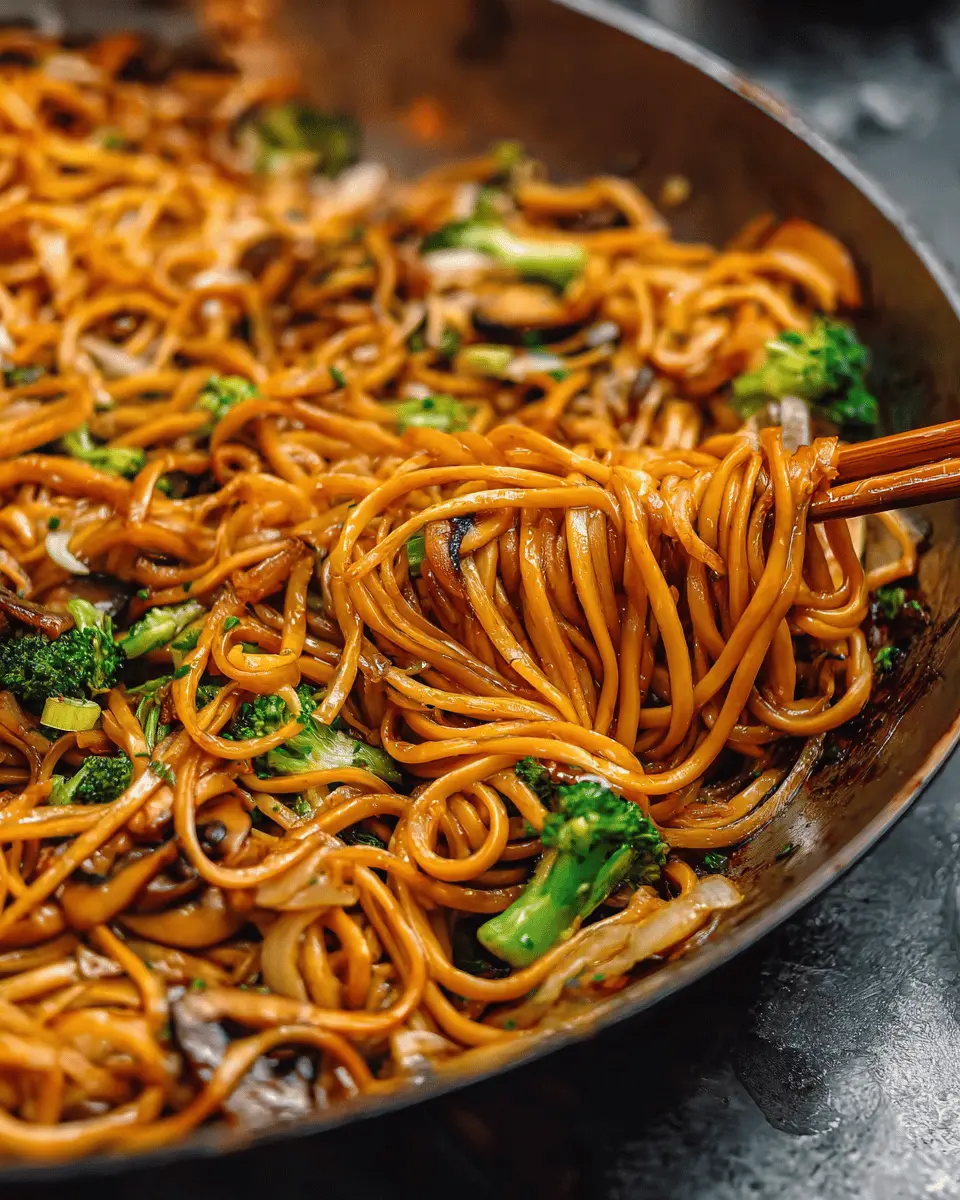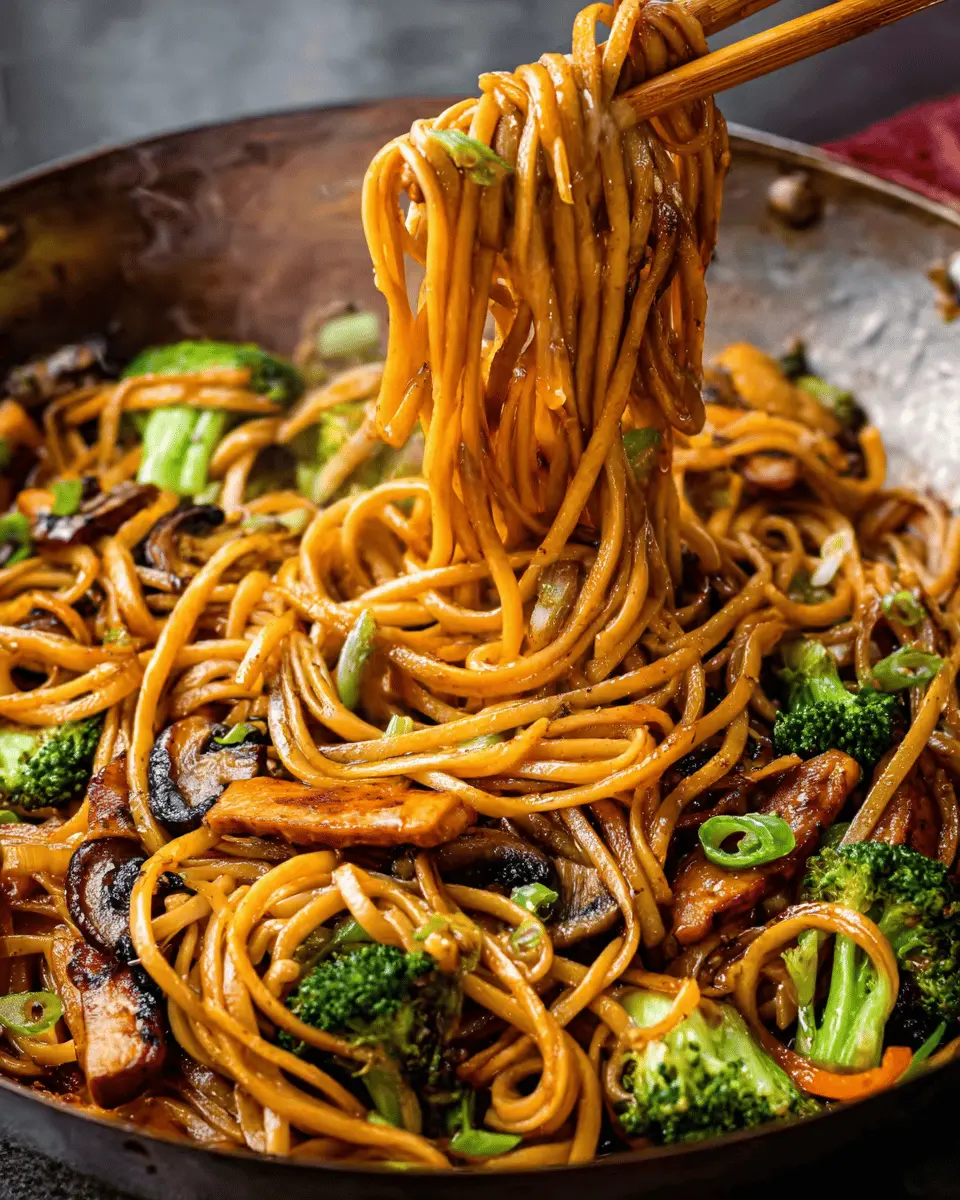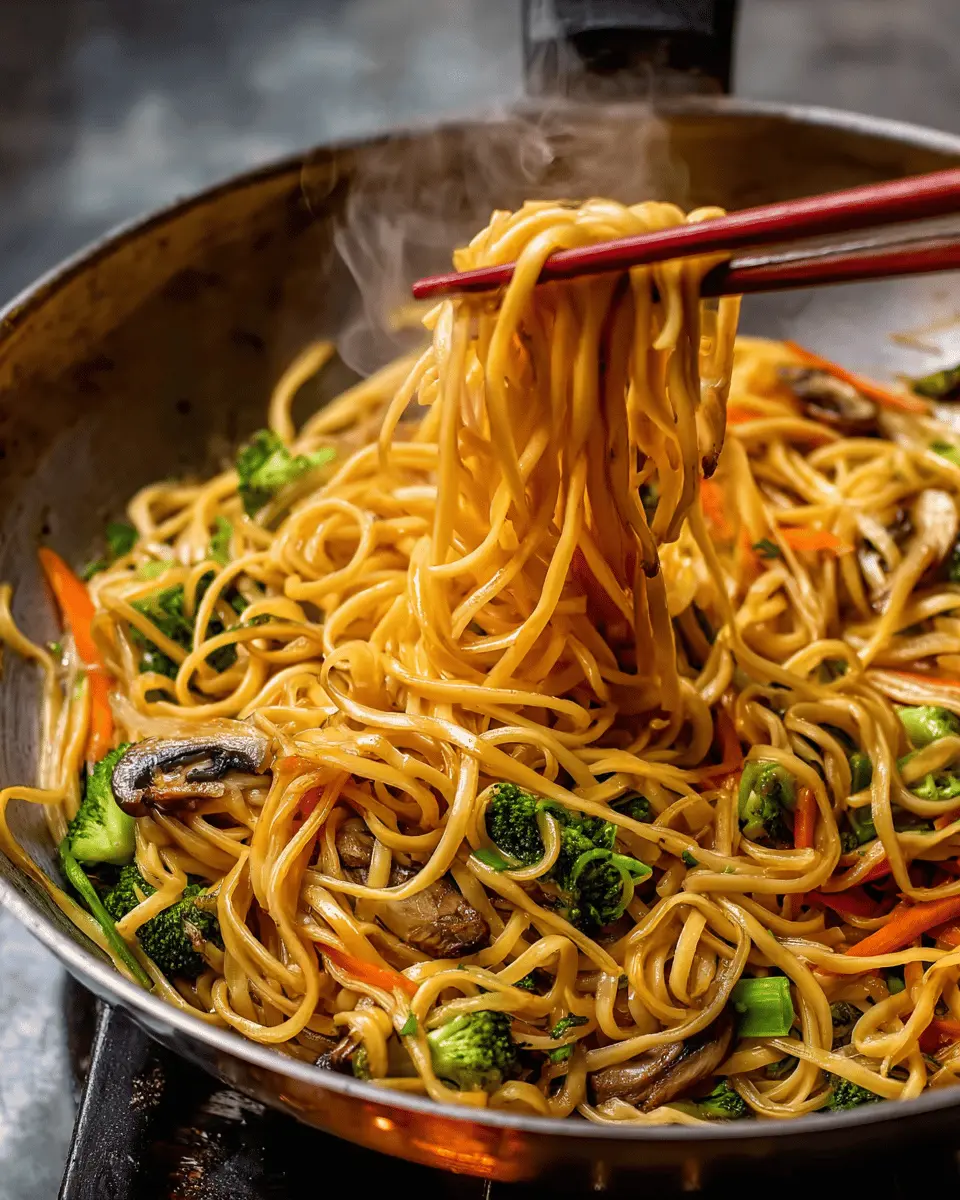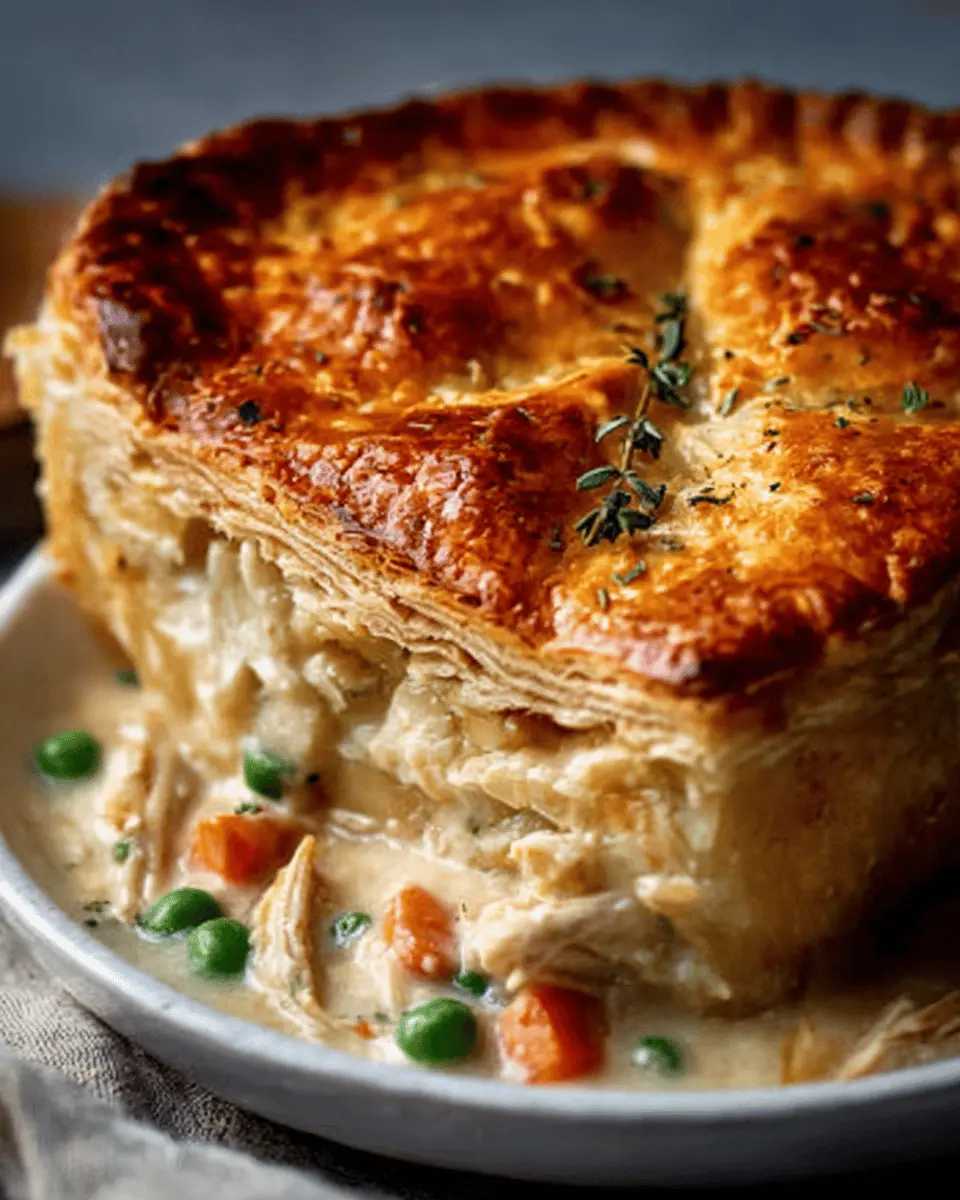Introduction to Hibachi Noodles
When you think of quick and delicious meals, hibachi noodles should top your list. For young professionals navigating the hustle of work-life balance, these stir-fried delights serve as a practical solution to weeknight dinner dilemmas. Picture this: it’s Thursday evening, you’re tired after a long week, and the idea of cooking feels like a chore. Instead of resorting to takeout, which can break the bank and leave you feeling sluggish, why not whip up some hibachi noodles in just under 30 minutes?
Why Hibachi Noodles Are a Game-Changer for Young Professionals
Hibachi noodles are not just delicious; they’re also incredibly versatile! Here’s why they stand out:
-
Speed and Simplicity: With a basic set of ingredients—noodles, colorful veggies, and your choice of protein like turkey bacon or chicken ham—you can create a satisfying meal that feels gourmet. According to a culinary expert from Serious Eats, hibachi cooking is all about simplicity and flavor, making it perfect for busy weeknights.
-
Healthy Customization: You can easily tailor your dish to fit different dietary needs and preferences. Whether you’re going meatless, looking to incorporate more greens, or managing a gluten-free diet, hibachi noodles can accommodate it all! Just swap in your favorite proteins and vegetables.
-
Flavorful Techniques: The sizzling technique typical in hibachi cooking allows for a delightful caramelization of flavors. Toss in some soy sauce, sesame oil, and a handful of spices, and you’ll have a fragrant dish that can transport your taste buds straight to Japan without leaving your kitchen.
-
Cost-Effective: Making hibachi noodles at home is not only faster but also more economical than dining out. With just a few ingredients, you can prepare large servings that stretch your dollar further. Check out this budget-friendly guide for more meal ideas that won’t break the bank.
So, whether you’re looking to impress friends or simply want a quick meal after a long day, give hibachi noodles a shot. You’ll find that they’re not just a meal; they’re an experience waiting to happen!

Ingredients for Hibachi Noodles
When it comes to cooking up a delicious batch of hibachi noodles, having the right ingredients is key to recreating that iconic flavor at home. Here’s what you’ll need for this mouthwatering dish.
Basic Noodle Essentials
- Noodles: Start with 8 ounces of stir-fry noodles or udon noodles for that chewy texture.
- Soy Sauce: Use 1/4 cup of soy sauce, which brings umami to the mix. You can opt for low-sodium if you’re watching your salt intake.
- Sesame Oil: A tablespoon of sesame oil adds a rich, nutty flavor that’s hard to resist.
Protein Boosters
- Turkey Bacon: Replace traditional bacon with 4 slices of turkey bacon, chopped into bite-sized pieces for a smoky twist.
- Chicken Ham: About 1 cup of cubed chicken ham brings a savory touch that pairs perfectly with the noodles.
- Beef: For an extra protein punch, consider adding 1 cup of thinly sliced beef, which perfectly complements the other ingredients.
Fresh and Flavorful Additions
- Vegetables: A mix of bell peppers, zucchini, and green onions (about 1 cup total) gives plenty of crunch and color.
- Garlic and Ginger: Don’t underestimate the power of 2 cloves of minced garlic and a teaspoon of grated ginger to elevate the dish.
Once you gather these ingredients, you’re well on your way to crafting delicious hibachi noodles that will impress your friends and family. You can learn more about different types of noodles here if you’re interested!
Ready to cook? Let’s dive into the next steps!
Preparing Hibachi Noodles
Hibachi noodles are a delightful and flavorful treat you can whip up in no time. With the right ingredients and a little bit of technique, you’ll recreate the vibrant tastes of your favorite hibachi spot right at home. Let’s dive into the process of preparing these delicious noodles that will surely impress your friends and family at your next gathering.
Cook the noodles
To lay a solid foundation for your hibachi noodles, start with selecting the right type of noodles. Soba, udon, or even ramen can be great options. Just remember to pay attention to the cooking times on the package since different noodles vary. Here’s a simple step-by-step:
- Boil Water: Fill a large pot with water, add a sprinkle of salt, and bring it to a rolling boil.
- Cook Noodles: Add the noodles and cook according to package instructions—usually between 3 to 7 minutes. Test them a minute before they’re supposed to be done for that perfect al dente texture.
- Drain & Rinse: Once cooked, drain the noodles in a colander and rinse them under cold water to stop the cooking process and remove excess starch. This helps them maintain a good texture when sautéing later.
Whisk together the sauce
The beauty of hibachi noodles often lies in the sauce. Creating a homemade sauce elevates your dish from good to unforgettable. Here’s a quick way to whip up an amazing hibachi sauce:
- In a medium mixing bowl, combine:
- ¼ cup soy sauce (or tamari for gluten-free)
- 2 tablespoons sesame oil for a nutty flavor
- 1 tablespoon rice vinegar for a hint of acidity
- 1 tablespoon of brown sugar to add sweetness
- Whisk it up! Combine these ingredients until the sugar dissolves. You can even add a pinch of garlic powder or ginger for extra layers of flavor.
For more sauce options, this epicurious article has some fantastic variations you might want to explore.
Sauté the vegetables
No hibachi noodles are complete without a colorful array of vegetables. This is where you can get creative! Here are some popular choices:
- Bell peppers
- Zucchini
- Carrots
- Broccoli
- Green onions
How to sauté:
- Heat a large skillet or wok on medium-high heat until hot. Add a splash of vegetable oil.
- Toss in your chosen veggies, starting with the ones that take the longest to cook (like carrots and broccoli). Sauté for a few minutes until they begin to soften and take on a bit of color.
- Add in quick-cooking veggies (like bell peppers) and sauté everything together for another couple of minutes until they’re tender but still crisp.
Combine noodles and sauce
Now it’s time for the star of the show—combining everything together. In the skillet with your sautéed vegetables, do the following:
- Add the drained noodles to the pan.
- Pour in your homemade sauce.
- Toss everything together gently, making sure the noodles get thoroughly coated in that delicious sauce. This should only take about 3-4 minutes. You’ll want the noodles heated through and ideally beginning to caramelize a little on the bottom.
Serve with flair
Presentation is key when it comes to hibachi noodles. Here’s how to make your dish look as good as it tastes:
- Transfer the noodle mix onto a large serving dish or individual plates.
- Garnish with fresh slices of green onion and a sprinkle of sesame seeds if you like.
- To add a bit of flair, consider serving it with some grilled protein, like chicken ham or turkey bacon, on the side.
And there you have it—simple yet delectable hibachi noodles that are sure to become a staple in your weeknight dinner rotation. Whether you’re cooking for yourself or impressing guests, these noodles are a fantastic choice that invites creativity in flavors. Enjoy!

Variations on Hibachi Noodles
Hibachi noodles are not just a one-size-fits-all dish; they can be jazzed up in various ways to suit different tastes. Here are some fun variations you can try at home.
Hibachi Chicken Noodles
For a heartier option, hibachi chicken noodles are a delightful twist. Use tender, sautéed chicken breast, seasoned with soy sauce and sesame oil, and toss it with your favorite noodles. Add a mix of colorful vegetables like bell peppers, broccoli, and carrots for a nutritious punch. Want a little kick? A sprinkle of chili flakes can elevate your dish beautifully.
Hibachi Shrimp Noodles
Seafood lovers will adore hibachi shrimp noodles. Sauté shrimp in garlic and ginger for that classic hibachi flavor. Pair it with mild sauces like teriyaki or soy sauce, allowing the natural sweetness of the shrimp to shine through. Don’t forget the veggies! Snap peas and bok choy make excellent additions for color and crunch. For some extra flair, finish with a drizzle of sesame oil or a sprinkle of sesame seeds.
Vegetarian Hibachi Noodles
If you’re leaning towards plant-based options, vegetarian hibachi noodles are a tasty choice. You can substitute meat with tofu or edamame for protein. Load your dish with vibrant vegetables, including zucchini, mushrooms, and snap peas. Use a soy sauce or a hoisin glaze for added flavor. This variation is not just satisfying, it’s also an excellent way to sneak in more nutrients. You can check out the benefits of including more plant-based meals in your diet over at Healthline.
Incorporate these variations into your next meal prep, and you’ll have a delicious and diverse lineup of hibachi noodles to enjoy throughout the week!
Cooking Tips and Notes for Hibachi Noodles
How to get that authentic hibachi flavor
To achieve that classic hibachi taste at home, it’s all about the ingredients and cooking method. Start by utilizing high-quality soy sauce for your base, as it brings umami and a touch of saltiness. A splash of sesame oil will enhance the flavor profile beautifully. Consider adding a pinch of freshly ground ginger and minced garlic to truly elevate your hibachi noodles. For texture, try incorporating chopped vegetables like bell peppers and onions—this not only adds crunch but also layers of flavor.
One key tip is to ensure your cooking surface (like a flat-top griddle) is preheated, allowing your ingredients to sear properly. This step is crucial for flavor!
Storing leftover hibachi noodles
Got some hibachi noodles left? You can easily store them for later enjoyment! Place your cooled noodles in an airtight container and pop them into the fridge for 3-4 days. To reheat, use a skillet over medium heat with a splash of vegetable broth or water, ensuring they don’t dry out.
For long-term storage, consider freezing them. Just be sure to separate portions in freezer bags; they can last up to 2 months. When you’re ready to indulge again, thaw them in the fridge overnight before reheating.
For more insight on storage tips, check out Food Safety Guidelines from the USDA.

Serving Suggestions for Hibachi Noodles
When it comes to hibachi noodles, getting the right sides and proteins can elevate your meal to a new level. Here are some delightful suggestions to enhance your dining experience.
Perfect Pairings with Proteins
To make your hibachi noodles a complete meal, consider adding proteins that complement their rich flavors:
- Grilled Chicken: Perfectly seasoned chicken adds a juicy bite that pairs well with the noodles’ savory notes.
- Shrimp: Sautéed shrimp offers a sweet contrast that meshes beautifully with the dish’s umami profile.
- Turkey Bacon: Crispy turkey bacon flakes bring a savory punch and a touch of crunch, while keeping things lighter.
- Chicken Ham: This substitute not only enriches the flavor but also brings a delightful smokiness.
You can find more information on selecting the perfect protein in this guide from the CDC.
Delicious Side Options
Pairing hibachi noodles with the right sides crafts a well-rounded meal. Here are a few suggestions:
- Stir-Fried Vegetables: Think bell peppers and broccoli sautéed in garlic for that vibrant color and crunch.
- Miso Soup: A warm bowl of miso soup adds a comforting, broth-based element to your meal.
- Edamame: These little green gems are a great finger food and a source of protein to keep things balanced.
- Seaweed Salad: The light, briny flavor of seaweed salad offers a refreshing contrast.
By mixing and matching these proteins and sides, you can create a personalized meal that not only satisfies your hunger but delights your palate!
Time Breakdown for Hibachi Noodles
Preparation Time
Getting ready for those delicious hibachi noodles takes about 15 minutes. This includes chopping your veggies, slicing up the turkey bacon or chicken ham, and preparing any sauces or seasonings you plan to use. A well-organized prep station makes the cooking process a breeze, so take a moment to gather all your ingredients!
Cooking Time
Once everything is prepped, the actual cooking time is just 10-12 minutes. You’ll sauté your ingredients in a hot skillet or wok, tossing them together to create that authentic hibachi-style flair. Quick, right?
Total Time
In total, you’re looking at around 25-30 minutes from start to finish. That’s a pretty quick turnaround for a meal that feels restaurant-worthy! Whether you’re enjoying this as a weeknight dinner or hosting friends for a casual gathering, the efficiency of this recipe makes it perfect for busy young professionals. So, who’s ready to indulge in those mouthwatering hibachi noodles? For more tips on meal prepping, check out this helpful guide from The Kitchn.
Nutritional Facts for Hibachi Noodles
Caloric Content
When diving into the delicious world of hibachi noodles, a typical serving (about 1 cup) can range from 200 to 300 calories. This makes them a relatively low-calorie option, especially if you’re loading them with veggies and lean proteins like chicken ham or turkey bacon, which provide that satisfying crunch and flavor without piling on the calories.
Protein and Carbs
Hibachi noodles are primarily a source of carbohydrates, delivering about 40-60 grams per serving. Pairing them with protein-rich ingredients can create a well-rounded meal. For instance, a serving of chicken ham adds roughly 13 grams of protein, which is great for muscle recovery after a workout.
Key Vitamins and Minerals
These flavorful noodles can be a good source of key vitamins and minerals. They often contain:
- Vitamin B6: essential for energy metabolism
- Iron: crucial for transporting oxygen in the blood
- Magnesium: supports muscle function
For a deeper look at the nutritional benefits of your meal, consider checking out resources like the USDA FoodData Central, which offers comprehensive information on food components. Mixing in colorful vegetables can further enhance your nutritional intake while making your dish pop with color and taste!
FAQs about Hibachi Noodles
When diving into the world of hibachi noodles, you might have a few burning questions. Let’s address some of the most common queries to help you whip up a delicious creation!
Can I use different types of noodles?
Absolutely! While traditional hibachi noodles often feature egg noodles or yakisoba, you can experiment with different varieties. Consider using:
- Rice noodles for a gluten-free option.
- Whole wheat noodles for a healthier twist.
- Soba noodles for a nutty flavor.
- Veggie noodles, like zoodles, if you’re aiming for a low-carb meal.
Each noodle type offers a unique texture and taste, allowing you to customize your hibachi noodles based on your preference.
What can I add for extra protein?
Enhancing your hibachi noodles with protein is a great way to make it more filling. Here are some tasty options:
- Chicken ham for a savory kick.
- Turkey bacon adds crispy texture and flavor.
- Beef strips for a hearty meal.
- Tofu or tempeh if you’re looking for a plant-based alternative.
Feel free to mix and match to suit your dietary preferences and taste buds!
Are hibachi noodles gluten-free?
It depends! Traditional egg noodles contain gluten, so if you’re following a gluten-free diet, make sure to choose gluten-free noodles such as rice noodles or the aforementioned veggie options. Always check labels for cross-contamination if you’re highly sensitive to gluten.
For more details, check resources like the Gluten Intolerance Group, which offers valuable insights into gluten-free ingredients. With these tips, you can enjoy your homemade hibachi noodles worry-free!
Conclusion on Hibachi Noodles
In summary, hibachi noodles offer a delightful fusion of flavors and textures that can elevate any weeknight dinner or impress guests at a gathering. Their versatility allows you to customize the dish with your favorite proteins, such as turkey bacon or chicken ham, along with vibrant veggies.
By incorporating easy-to-find ingredients and minimal prep time, you can enjoy a restaurant-quality experience at home. The secret lies in the balance of savory sauces and fresh ingredients. So, grab your wok and enjoy the delightful journey of making these delicious noodles for a quick, satisfying meal. Curious about other dishes? Check out more recipes on Food Network or Serious Eats.
PrintHibachi Noodles: Easy Recipe with Turkey Bacon and Chicken Ham
Delicious and easy Hibachi Noodles recipe featuring turkey bacon and chicken ham for a flavorful meal.
- Prep Time: 10 minutes
- Cook Time: 15 minutes
- Total Time: 25 minutes
- Yield: 4 servings
- Category: Main Course
- Method: Stovetop
- Cuisine: Japanese
- Diet: Low Carb
Ingredients
- 8 ounces hibachi noodles
- 4 slices turkey bacon
- 1 cup chicken ham, diced
- 1 tablespoon vegetable oil
- 2 cloves garlic, minced
- 1 cup mixed vegetables (carrots, peas, bell peppers)
- 2 tablespoons soy sauce
- 1 tablespoon sesame oil
- 2 green onions, sliced
Instructions
- Cook the hibachi noodles according to package instructions. Drain and set aside.
- In a large skillet, heat the vegetable oil over medium heat.
- Add the turkey bacon and cook until crispy. Remove and chop into pieces.
- Add garlic and mixed vegetables to the skillet, sautéing for 3-4 minutes.
- Add the cooked noodles, chicken ham, soy sauce, and sesame oil. Toss everything together and cook for another 2-3 minutes.
- Garnish with green onions and serve hot.
Notes
- For more flavor, add a dash of chili flakes.
- Use leftover meats for a quicker version.
Nutrition
- Serving Size: 1 cup
- Calories: 350
- Sugar: 3g
- Sodium: 800mg
- Fat: 15g
- Saturated Fat: 4g
- Unsaturated Fat: 9g
- Trans Fat: 0g
- Carbohydrates: 45g
- Fiber: 2g
- Protein: 18g
- Cholesterol: 30mg












